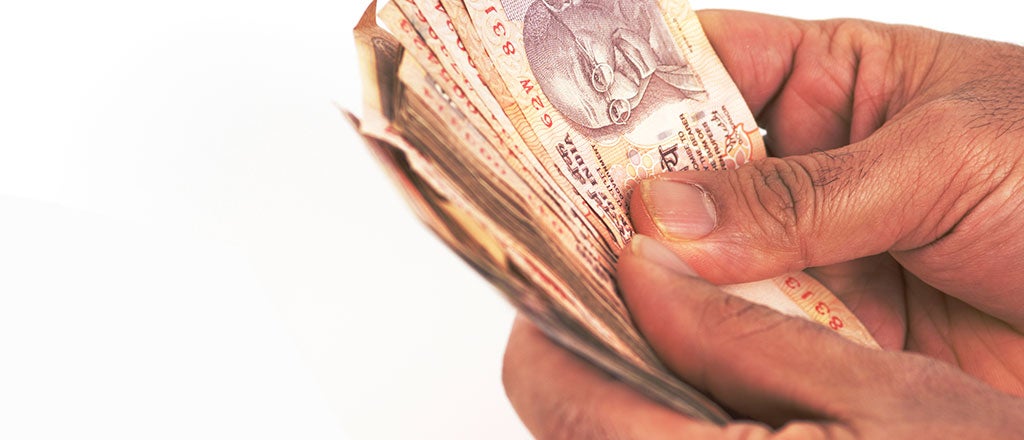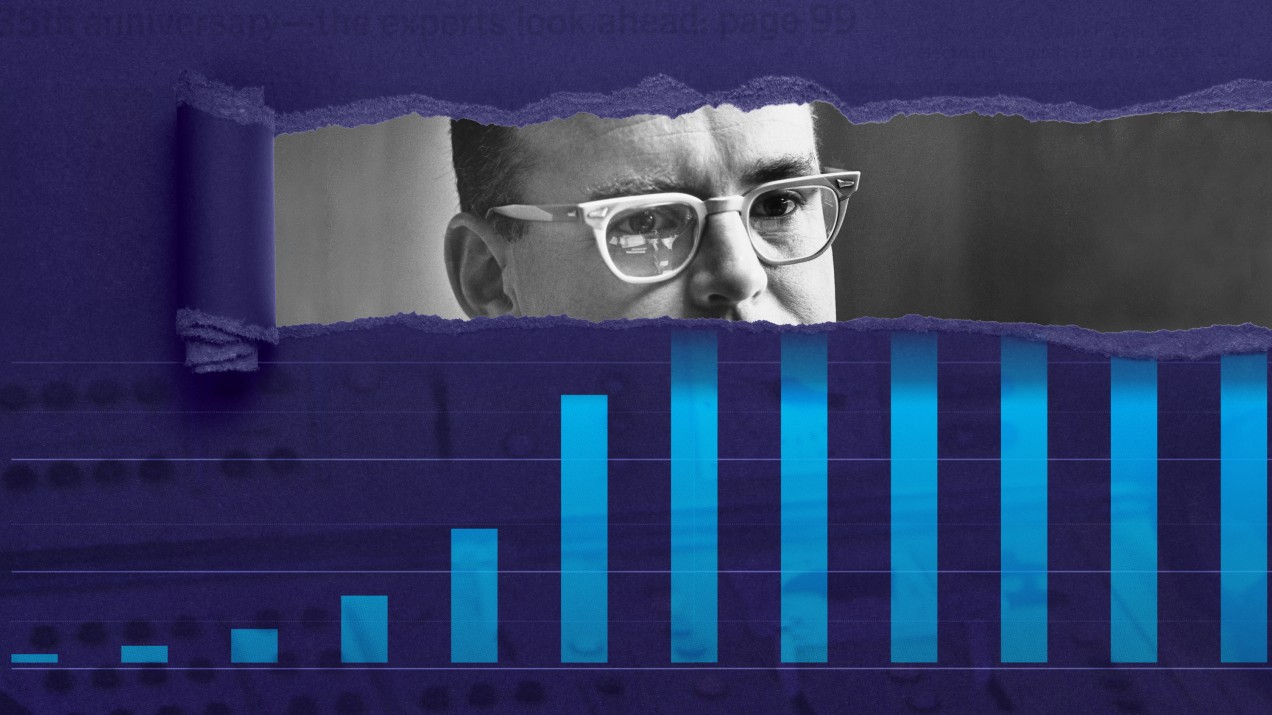DOMINIQUE MOISI
PARIS – “America loves India,” declared US President Donald Trump on his recent visit to the Indian state of Gujarat, Prime Minister Narendra Modi’s power base. Before a crowd of more than 100,000 in the world’s largest cricket stadium, the two leaders triumphantly celebrated the deepening friendship between their countries – or, to be more precise, between their brands of charismatic populism. Not even Trump’s repeated mangling of Indian names during his speech could dampen Modi’s glow.
But Trump’s visit to India was not the major historical moment of which he and Modi boasted. Although Modi described the US-India relationship as “the most important partnership of the twenty-first century,” it may never match the ever-deepening ties between China and Russia. After all, conventional authoritarians find it far easier than populists to unite behind a common vision of their global interests. The China factor is of course important for both the United States and India, but it is not sufficient to transcend their cultural differences and deeply divergent economic interests (especially regarding trade).
Having said that, another type of history was in the making during Trump’s visit. But it was very different from the sort that he and Modi had envisaged.











/arc-anglerfish-arc2-prod-mco.s3.amazonaws.com/public/JN7ZHR2DDFF3XA264ZYUU7B5EA.JPG)

